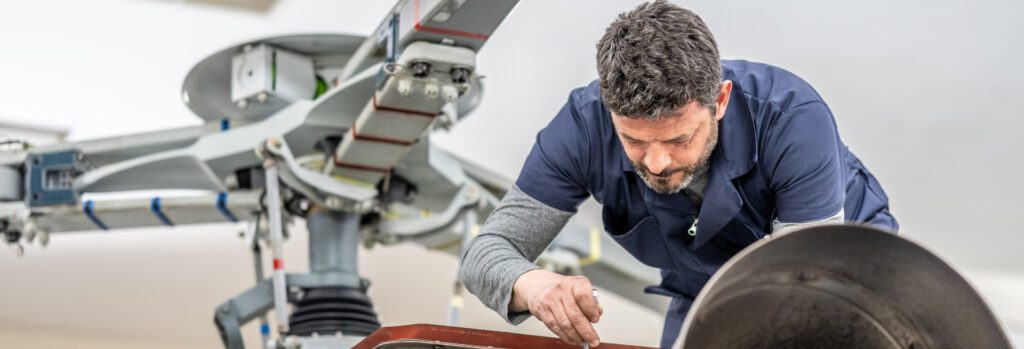New Clean Hydrogen Tax Credit on the Horizon
A new tax credit, the clean hydrogen tax credit, may be on the horizon for businesses that invest...

Decarbonizing the aeronautics industry has become a priority to address the environmental crisis. Like other industrial sectors facing up to the environmental crisis, the aeronautics industry has opened a major chapter in the development of new technologies to reduce its carbon footprint. To make this energy transition a success, considerable efforts are being made to reduce aircraft weight by promoting the emergence of new composite and eco-composite materials.
Composite materials, in particular carbon-fiber-reinforced plastics, are becoming increasingly widespread in airframe construction, thanks to their light weight. This quality translates into lower fuel consumption and a path towards sustainability.
Back in the 1950s, when fiberglass composites were used in the design of the Boeing 707, composite materials accounted for just 2% of the structure. Today, recent aircraft models, from the Boeing 787 to the Airbus A380, are made of around 50% composite materials (generally composed of carbon fibers and a polymer resin), compared with 20% aluminum, 15% titanium and 10% steel.

However, these technological advances cannot overshadow certain problems associated with the use of carbon fiber composites: the fossil origin of the raw materials, their recycling at the end of their life cycle, the toxicity of certain ingredients, such as bisphenol A in epoxy resins, and their production costs, which are still higher than those of metallic materials.
To overcome these technological constraints, aeronautical engineers are now working on the development of new eco-composite materials such as recyclable thermoplastics that do not emit volatile organic compounds or gaseous pollutants.
Other possible solutions mentioned by the aeronautics industry include changing the manufacturing process of fossil-based composites to sustainable and intelligent solutions, by creating carbon fiber from cellulose or lignin, the two main ingredients of wood, using a more efficient technique. According to DEMAGY, the yarn selected for weaving would be composed of flax and Polyamide 11 multifilaments. By combining the fiber with a bio-sourced thermoplastic resin, it would be possible to develop certain non-structural aeronautical parts such as cowlings and aircraft interiors.
Another technological innovation proposed by Lavoisier Composites is the new Carbonium composite material made from prepreg by-products of aeronautical origin. This approach consists in recovering 100% of the discarded material (fiber and matrix) into semi-structural and aesthetic composite parts. This approach makes it possible to design parts with low environmental impact. In their life-cycle analysis, they showed that using Carbonium saves 13 kg of CO2 per kg of material used.
A host of solutions are therefore being implemented to achieve the goal of zero net CO2 emissions by 2050, with new composite materials and innovative applications on the horizon.
Companies that are innovating in this sector are likely to be eligible for several funding programs including government grants, and SR&ED.
Want to learn about funding opportunities for your project? Schedule a free consultation with one of our experts today!
Sources :
2-https://www.usinenouvelle.com/article/materiaux-les-avancees-de-la-recherche.N2140917
3-https://www.nae.fr/nae-promeut-lemergence-de-nouveaux-eco-composites-pour-lindustrie-aeronautique/
4-Polytechnique insights : la revue de l’institut Polytechnique de Paris.
Explore our latest insights
More arrow_forward
A new tax credit, the clean hydrogen tax credit, may be on the horizon for businesses that invest...

The Clean label has transitioned from trend to a lifestyle placing pressure on the food and bever...

The Industry 4.0 represents a blend of two industries: information technology and manufacturing. ...

Provincial governments are slowly unveiling their provincial budgets outlining fiscal strategies ...